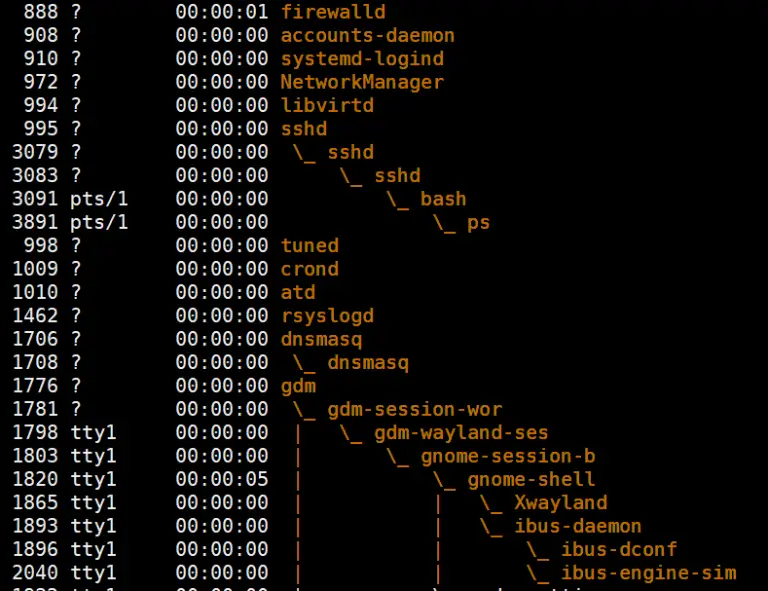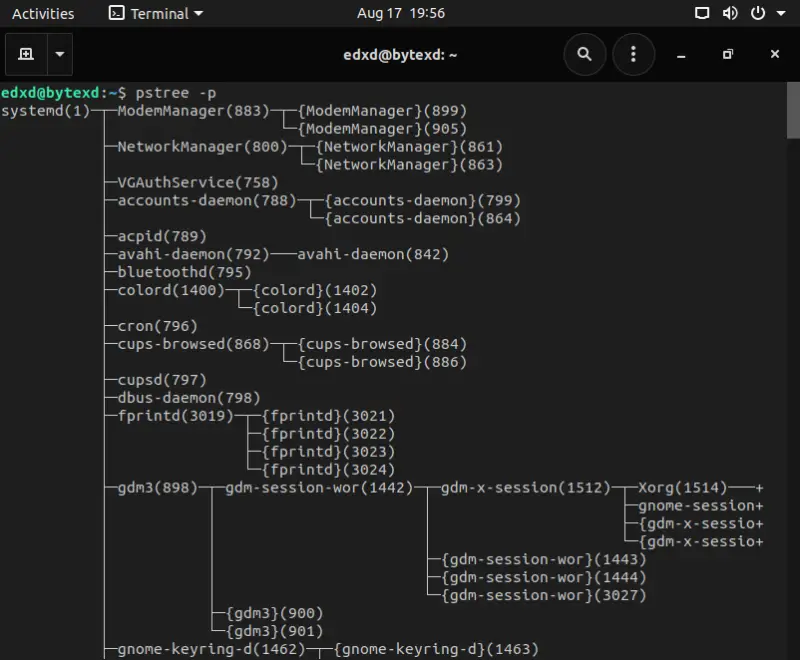


We use the iostat command to report Central Processing Unit (CPU) statistics and input/output statistics for devices, partitions and network filesystems (NFS) under Linux operating sytems. iostat – Montor Linux average CPU load and disk activity How much RAM does my Ubuntu / Fedora Linux desktop PC have?ħ.See the following resources for more info: Session from my Linux home server system: total used free shared buffers cached The free command shows the total amount of free and used physical and swap memory in the system, as well as the buffers used by the kernel. See “ Show All Running Processes in Linux” for more info. # ps -auxf | sort -nr -k 4 | head -10 Show Us Top 10 CPU Consuming Process # ps -p 55977 -o comm= Top 10 Memory Consuming Process # pgrep -u vivek php-cgi Print The Name of PID 55977 # ps -eopid,tt,user,fname,tmout,f,wchan Try To Display Only The Process IDs of Lighttpd # ps axo stat,euid,ruid,tty,tpgid,sess,pgrp,ppid,pid,pcpu,comm # ps -eo pid,tid,class,rtprio,ni,pri,psr,pcpu,stat,wchan:14,comm # ps -U vivek -u vivek u Configure ps Command Output In a User-Defined Format # ps -eM Let Us Print Every Process Running As User Vivek # ps -eo euser,ruser,suser,fuser,f,comm,label # pstree Get Security Information of Linux Process # ps -AlLm Print All Process On The Server # ps -AlF Display Threads ( LWP and NLWP) To turn on extra full mode (it will show command line arguments passed to process): Please note that ps is just like top command, but provides more information. To select all processes pass the -A or -e option as follows: Use the ps command to report a snapshot of the current processes under Linux. For a single CPU system 1 – 3 and SMP systems 6-10 load value might be acceptable. The load can change from system to system. The current time, how long the system has been running, how many users are currently logged on, and the system load averages for the past 1, 5, and 15 minutes. We use the uptime command to see how long the server has been running. uptime – Tell how long the Linux system has been running We use the w command displays information about the users currently on the machine, and their processes. w – Find out who is logged on and what they are doing Linux Find Out What Process Are Using Swap Space 3. Linux Find Out What Process Are Using Swap SpaceĪnother option is to combine pgrep command with the grep command to find out SWAP mem usage: See “ How do I find out Linux Resource utilization to detect system bottlenecks?” for more info. # vmstat -m Get Information About Active / Inactive Memory Pages Sample Outputs: procs -memory-swap-io-system-cpu. The vmstat command reports information about processes, memory, paging, block IO, traps, and cpu activity. How do I Find Out Linux CPU Utilization? 2. Helpful for setting up top for a specific task.Įnables you to interactively select the ordering within top. Useful for quick identification of performance-hungry tasks on a system.Įnters an interactive configuration screen for top. Sorts the display by top consumers of various system resources. Here is a list of useful hot keys: Hot Key Fig.01: Linux top command Commonly Used Hot Keys With top Linux monitoring tools


 0 kommentar(er)
0 kommentar(er)
